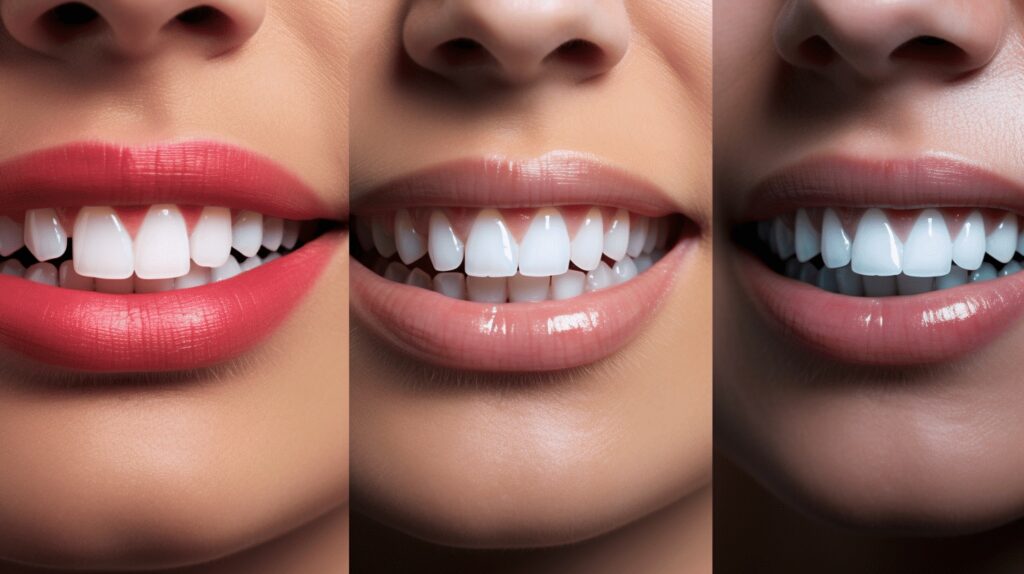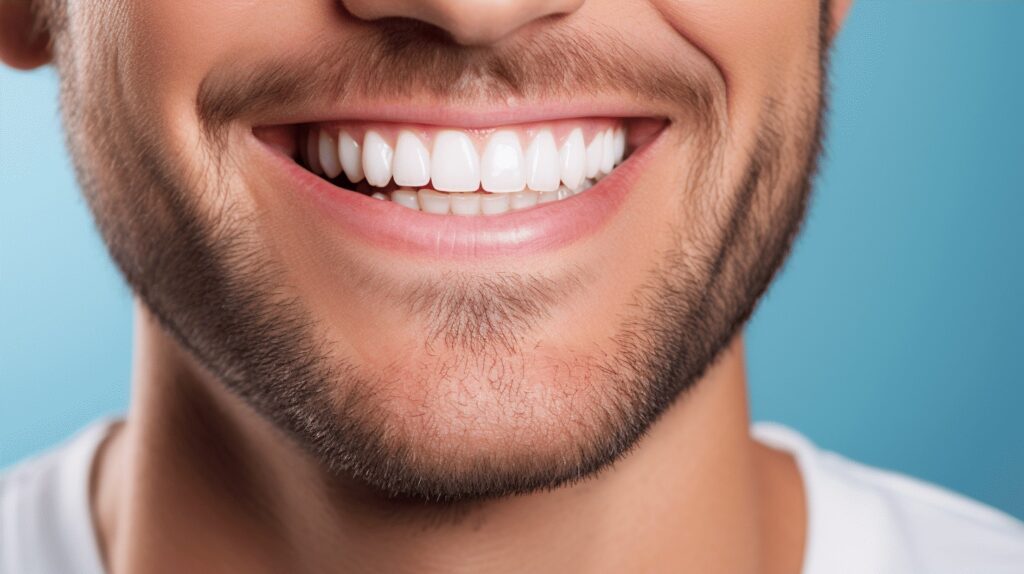Hello there! We’re so thrilled to have you join us on this journey to better oral health. 😃
In today’s busy world, maintaining good oral health often takes a backseat, but did you know that your mouth is a window into the health of your entire body? Yes indeed!
From tooth decay to gum disease, a multitude of oral health problems exist on a global scale, affecting individuals of all ages, races, and socioeconomic backgrounds.
However, don’t fret. The good news is that many of these issues are preventable with the right knowledge and habits.
This article serves as your ultimate guide to understanding the importance of oral hygiene, the impact of socioeconomic and racial factors on oral health, and the essential role of oral care providers.
We’ll even throw in a few nifty tips and best practices that can help maintain your dazzling smile!
So, buckle up, as we take this informative ride together towards better oral, and overall health. 🦷💫🚀
Table of Contents
Global Scale of Oral Health Problems
As our focus on health grows broader and deeper, we often overlook an essential part of our bodies that’s our mouth. Oral health, with its implications for overall well-being, is garnering attention on a global scale.
Unfortunately, these concerns aren’t unwarranted – oral diseases affect a staggering 3.5 billion people worldwide, as recorded in WHO’s Global Oral Health Status Report, 2022. 😲
Tooth Decay
Without any doubt, tooth decay deserves to be at the forefront of our discussion.
Encompassing 90% of adults aged 20-64, tooth decay is more than just a minor annoyance. It negatively affects our quality of life, creating difficulties with eating, speaking, and even self-esteem.
Bearing this global burden of tooth decay entreats us all to pay our dental health the attention it demands.
Gum Disease
If tooth decay statistics didn’t grab your attention, consider gum disease, another widespread oral health problem.
This villain of oral health affects 50% of adults aged 45-64!
🤭 Neglecting gum disease can lead to more severe issues, including tooth loss and the worsening of chronic diseases like diabetes and heart disease.
Children and Adolescents’ Oral Health
Our concern doesn’t just stop at adults.
Children and adolescents too bear the brunt of oral health issues. According to a recent survey, 15% of US children and adolescents had oral health problems in 2020.
This striking statistic reveals a worrying trend among the younger generation. Since oral health significantly influences overall health, it is crucial to instill good dental hygiene habits in kids to pave the way for a healthier future.
Dental Cavities
Another widespread problem, which often starts unnoticed, is dental cavities. Astonishingly, 26% of US adults have untreated dental cavities.
Simply put, that’s one out of every four adults! It’s a silent epidemic that’s not just limited to those with a sweet tooth. Factors like genetics, poor oral hygiene, and lack of access to dental care contribute to this issue.
Emergency Dental Care
Last but not the least, we cannot ignore emergency dental care. The fact that 34 million school hours are lost annually due to emergency dental care is alarming.
From severe toothaches to unexpected injuries, emergency dental care situations can be stressful. Knowing what to do in such crises is key to reducing pain and preventing further complications.
The importance of maintaining good oral health cannot be overstated. Though it may seem like a minor part of our overall health, it significantly contributes to our quality of life.
We hope that through realizing the enormity of these oral health problems on a global scale, we can encourage everyone to prioritize their dental health.
After all, a healthy smile is one of the truest expressions of a healthy life! 😄
Socioeconomic and Racial Factors in Oral Health
A healthy smile is a simple yet powerful signifier of overall well-being. But, not everyone is privileged to flash a pearly white grin.
Despite medical advancements, we still face a significant gap in oral health between different socioeconomic classes and racial groups.
This gap is not due merely to natural disparities but instead arises from complex and interwoven social, economic, and racial factors. It’s a bitter reality that these factors can turn a preventable condition into an exhausting ordeal for some. 💔
Poverty and Oral Health
Poverty remains a potent risk factor for poor oral health. It’s disheartening to know that in poverty-stricken areas, 15% of adolescents have untreated dental caries – tooth decay that, left unchecked, can lead to severe pain and even tooth loss.
It’s a glaring truth that limited access to affordable dental care and lack of dental health education affects the lower-income communities gravely.
Here are a couple of reasons behind this:
- Limited Access to Dental Care: Poverty imposes financial constraints on families, making them less able to afford routine dental check-ups and preventive care. This lack of preventive care often leads to the escalation of minor oral health issues into major, even life-threating, oral health crises.
- Inadequate Education About Oral Health: Many impoverished communities lack basic oral health education, making them more susceptible to developing poor oral hygiene habits and related ailments.
Racial and Ethnic Disparities
Candidly speaking, racial and ethnic disparities are prominent when we talk about the oral health of children.
It’s not that certain ethnicities are inherently more susceptible to oral health issues. No, the problem is more nuanced than that. There are underlying systemic issues at play here.
Consider an example: Texas ranks 39th in the US for the percentage of 3rd graders with cavities. A large portion of these kids belong to Hispanic, African American, and Native American communities.
Here we can see how ethnicity might correlate with dental health issues.
- The Socioeconomic Factor: Many racial and ethnic minority groups also fall into lower-income categories. This overlap often makes these groups doubly disadvantaged, experiencing the same barriers as those in poverty, compounded by additional, race-specific marginalization.
- Cultural Barriers: These communities may encounter language barriers and cultural differences that limit their access to essential dental care and prevention information.
So, the reality we face is clear. It’s a world where your zip code or the color of your skin might dictate the health of your smile 😞.
Ignoring such disparities won’t make them diminish; instead, we need to acknowledge and address these factors actively. Only by doing so can we hope to see a day when a healthy smile ceases to be a privilege, and becomes a right that all men, women, and children, regardless of their race or economic status, can enjoy. 😇🌐
Oral Health and Productivity
When we think of productivity, oral health is often overlooked, and yet it exerts a profound influence on both our personal and professional lives.
Surprisingly, it’s estimated that over $45 billion in U.S. productivity is lost annually due to oral health issues. Let’s delve into this topic to understand how keeping our mouths healthy can keep productivity levels high too.
If you’ve ever dealt with a toothache, you’ll know that it’s both physically and mentally draining. Focusing on tasks becomes a Herculean effort when your mouth is throbbing with pain. Just imagine the impact of chronic oral health conditions that millions grapple with daily.
It’s not so hard to see how oral health issues could throw a wrench in the works of our daily productivity levels.
Let’s break this down a little further:
- Time Off Work: Those regular visits to the dentist for preventative care or treatment of oral health issues account for many missed hours at work. This lost time translates directly into lost productivity.
- Distraction: Anyone who has suffered from oral discomfort understands that it’s nearly impossible to fully concentrate on any task at hand. The constant distraction hinders productivity considerably.
- General Health: Poor oral health is linked to an increased risk of heart disease, diabetes, and other chronic conditions, which can mean more sick days. It’s an unwelcome double whammy – lowered health and lowered productivity.
👉 Now that you’re aware of the impact oral health can have on productivity, it’s evident why maintaining great oral hygiene should be a top priority.
Remember to brush twice daily, floss frequently, maintain a healthy diet, and schedule regular dental check-ups. Not only will your mouth thank you, but you’ll also notice an increase in your ability to focus and perform tasks efficiently.
From an employer’s perspective, providing oral health coverage in your healthcare benefits package can influence your workforce’s overall productivity.
Furthermore, promoting good oral hygiene practices can be a win-win situation for both employers and employees. After all, a healthy employee is a productive employee – and ensuring oral health means ensuring healthy smiles all around at the workplace!
So let’s pledge to place a higher priority on oral health – for our well-being and our productivity.
Oral Care Providers and Services
Do you realize that the dental industry is so large that it’s reported there are approximately 4 million oral care providers globally?
These healthcare specialists play a critical role in our well-being, offering a broad range of services to ensure our smiles are as healthy as possible.
Let’s delve deeper into this fascinating industry and understand the recent trends that are shaping it.
Global Availability
Today, there are more dentists and hygienists available to the general public than ever before.
These healthcare professionals are diligently working across the globe, ready to maintain and improve your dental health. With a massive 4 million oral care providers across different continents, the means to brighten your smile is conveniently at your disposal.
This impressive number has significantly improved access to quality oral healthcare, particularly in underserved regions.
Anticipated Visits
It’s often said that prevention is better than cure. Good oral health habits, including regular professional cleaning, can prevent various dental problems. And it seems that the message is getting through!
Recent data shows that an astounding 75% of U.S. adults plan to visit a dentist in the near future. This statistic is an encouraging sign that more and more people recognize the importance of investing in their oral health.
Dental Hygienist Demand
Like every industry, the ebbs and flows of demand impact the dental industry. As of recent, a noteworthy trend is that the demand for dental hygienists has surged.
A whopping 7% increase in full-time dental hygienists positions can be observed in recent years. This rise can be attributed to an increased awareness about oral health coupled with the convenience of having a hygienist in a dental practice.
In short, the dental industry is a significant part of our healthcare system. The global spread of oral care providers, awareness about regular dental check-ups, and rising demands for dental hygienists underscore the industry’s vital role in maintaining our overall health.
So, next time you flash your pearly whites, remember to thank your local oral healthcare providers for their incredible service!
Best Practices and Tips for Good Oral Health
Just like everything else, your smile says a lot about you. And don’t we all deserve a fabulous one?
😊 More than just a showstopper, maintaining good oral health has an important role in our overall wellness.
In fact, 65.7% of adults in the US visited a dental clinic in 2018, indicating how seriously we take our oral hygiene.
Let’s look at some of the best practices to keep your smile bright and your gums healthy.
Regular Dental Check-ups
One of the most effective ways to maintain your oral health is to see your dentist regularly. It’s not just about getting that squeaky-clean feeling after a professional cleaning, but it’s also about detecting potential issues early.
Remember, the sooner a problem is spotted, the easier and less costly it can be to fix.
If you belong to the 95% of Americans who regard their oral health as a top priority, make dental appointments a part of your health routine.
Proper Oral Hygiene
There’s no overstating the importance of a good oral hygiene routine at home. Brushing your teeth twice a day, flossing daily, and using mouthwash are all non-negotiables.
Don’t rush through the motions – take your time and do it right. Make sure to replace your toothbrush every three to four months or sooner if the bristles are frayed.
This way, you’re ensuring you get the most out of your daily brushing.
Dental Care from Childhood
Starting off good oral health practices at a young age can help set your children up for a bright and healthy smile in the future.
Did you know that regular dental visits and proper oral hygiene in children can significantly reduce their risk of oral health problems? As parents and caregivers, we play a pivotal role in shaping our kids’ oral health habits.
There you have it. Ensuring that your teeth stay strong and healthy requires a blend of regular dentist visits, a solid hygiene routine at home, and instilling these habits at a young age.
For further reading, do check out our comprehensive guide on Maintaining good oral health. Let’s all keep smiling, the healthier way!
Conclusion
By now, you should have a better grasp of the importance of keeping your oral health in check, understanding the global scale of dental issues, and why socioeconomic and racial disparities exist in this area.
Don’t forget that your oral hygiene highly contributes to your overall health and productivity levels. Furthermore, shouldn’t be overlooked the crucial role that service providers like dentists play in maintaining the health of our teeth.
However, the journey towards achieving optimal oral health starts with adopting the right habits and practices. Regular dental check-ups, practicing good oral hygiene, and nurturing consistent dental care habits right from childhood are critical steps everyone can take, regardless of who you are or where you’re from.
If you’re on the hunt for a top-tier dental care provider to guide you on this oral health journey, look no further than Wilshire Smile Studio.
Our team of seasoned professionals is committed to offering you the best dental services, from cosmetic treatments to emergency dental care and more, with affordable prices and customized financing options to make dental care accessible to all.
Don’t wait until it’s too late. Start prioritizing your oral health today for a more beautiful and brighter smile tomorrow.
Book your free appointment or call 323-DENTIST (323-336-8478) for your perfect smile.
With a little effort, you’ll be on your way to a healthier mouth and a grin you can be proud of. 😊
Frequently Asked Questions
1. What are some best practices for maintaining good oral health?
Some best practices for maintaining good oral health include brushing your teeth twice a day, flossing daily, using mouthwash, avoiding tobacco products, limiting sugary and acidic foods, and visiting your dentist for regular check-ups and cleanings.
2. How often should I brush my teeth?
It is recommended to brush your teeth at least twice a day, once in the morning and once before bed. Brushing for two minutes each time using a soft-bristle toothbrush and fluoride toothpaste is ideal for maintaining good oral hygiene.
3. Is flossing important for oral health?
Yes, flossing is an integral part of maintaining good oral health. It helps remove plaque and food particles from between your teeth and along the gumline, areas that a toothbrush cannot reach effectively.
4. What foods should I avoid for better oral health?
To promote good oral health, it is advisable to limit the consumption of sugary foods and drinks, acidic foods, sticky candies, and carbonated beverages. These foods and drinks can contribute to tooth decay, enamel erosion, and gum disease.
5. How often should I visit the dentist?
Regular dental check-ups are essential for maintaining good oral health. It is recommended to visit the dentist at least twice a year for routine cleanings and examinations. However, the frequency of visits may vary depending on individual needs and the dentist’s recommendation.





